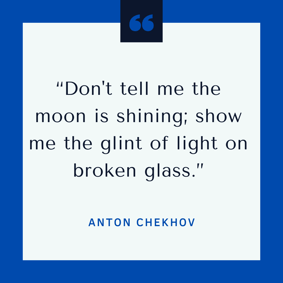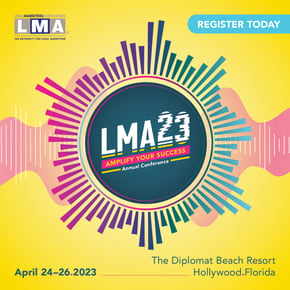
Show, Don’t Tell
I could tell you that spell check is a lousy editor because of its significant limitations. Maybe you’d believe me. Maybe you’d ignore me because that first sentence was boring. Maybe you’d roll your eyes and say, “Lady, you write for a proofreading company; of course you want to rag on spell check.”
The better thing for me to do is to tell you a teeny tiny story.
One of our most seasoned proofreaders, a woman we’ll call Lisa (because her name is Lisa), was reviewing a document last week. We always run spell check first (it’s sort of like throwing down the gauntlet and then beating the heck out of our inferior opponent). Spell check flagged “prepregnancy” and suggested a helpful alternative. “Consider: ‘prepreg Nancy’.”
First, I’ve laughed heartily over this no less than twelve times. Every time I read it, I start up again. When Lisa told me, I resisted the impulse to roll around on the floor like a horse and neigh-laugh. Second, are you kidding me? A human proofreader could be working on two hours of sleep and the maximum dose of Benadryl and do better than that.
And now that I’ve tickled your funny bone (aka your humerus), I’ll get to the real point, which I’ve also just illustrated.
The Rule of “Show, Don’t Tell”
There’s a “rule” in fiction/narrative non-fiction writing. It’s “show, don’t tell.” Many writers lean on a crutch called “exposition” instead.
Exposition is the context. The background. The details. Basically, information about the story. My working definition includes more than the setting given at the beginning of a story. I also mean the summaries sprinkled throughout. Whatever isn’t action, I label “exposition.”
To be fair, we need background information. Life, stories, and even business writing isn’t a series of “He said. She walked. They burped.” Exposition bridges the gap between action. It offers clarification. It summarizes. It can help move the narrative along or nail down the purpose of a white paper.
Heck, I’m using it now.
Here’s the problem: Exposition is the easy route. And nobody wants to read exposition at length. It’s boring. It’s repetitive. It’s often stilted, and in narrative, it can come off as insulting. “Let me spell all this out for you, since you won’t get it otherwise.”
Beyond that, it reinforces the long-held aversion people have to B2B writing. So we can’t limit “show, don’t tell” to the realm of fiction. It influences the effectiveness of all writing (and speaking, by extension).
An Example of “Show, Don’t Tell”
Telling: “Users reported an increase in productivity.” Yawn.
Telling with some specificity to “show”: “Users reported a 434% increase in productivity — nearly 17 hours freed per workweek for creative tasks with higher touchpoints, such as writing blog posts with funny examples.” Somewhat better.
What if we ratchet this up to a case study/testimonial that’s all “showing”?
Lots of showing: “The Awesome Company sent us a series of frantically happy messages about their success with our platform:
‘One client screamed over the phone, “Holy banana pudding! How in the heckity heck did you guys get so fast?”
‘Another client was so enraptured, he asked if it were permissible to marry a corporation. We let him down gently and told him The Awesome Company was the real reason we were irresistible.’
‘The best part about the new platform is the smiles we see on our coworkers’ faces in the morning. It’s as if somebody went ahead of us on the road and plowed the boulders out of the way. We feel like our work is actually making a difference again. We’re no longer pounding caffeine and donuts to keep up our motivation!’”
I feel happy just reading that. I can imagine the emotion. I feel a strong sense of what this fake case study/testimonial is trying to convey: The made-up software doesn’t just scale business processes and streamline efficiency or even amaze customers, it also makes work meaningful again.
No matter how dry the subject matter, no matter how lackluster the process, the point, or the product, there’s almost always a way to show the readers instead of telling them. To take them on a journey instead of pushing them toward a series of road signs.
Ways to Show Not Tell
“Showing” will look different in B2B writing.
It doesn’t have to be a full-blown story. It could be a statistic that highlights the human aspect. A metaphor to illustrate. An aside that humanizes the writer/company (because people like to buy from people). An example that makes the abstract concrete. A relatable snippet to remind people that you’re a human talking to, selling to, engaging with, and bringing value to other humans.
Like “prepreg Nancy.”
How to Make B2B Writing More Compelling Part 2: Drop the Jargon
How to Make B2B Writing More Compelling Part 3: Be Unprofessional
*****
We are excited to be a part of the 2023 LMA Annual Conference, April 24-26, in Hollywood, Florida. We hope to meet you there and help you AMPLIFY your impact in your firm! Register now and join us at booth 404 at the LMA Marketplace! https://bit.ly/3biA15G




